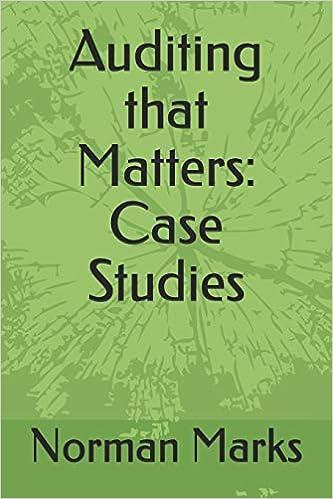Question
Internal Rate of Return Method The internal rate of return (IRR) method uses present value concepts to compute the rate of return from a capital
Internal Rate of Return Method The internal rate of return (IRR) method uses present value concepts to compute the rate of return from a capital investment proposal based on its expected net cash flows. This method, sometimes called the time-adjusted rate of return method, starts with the proposal's net cash flows and works backward to estimate the proposal's expected rate of return. Let's look at an example of internal rate of return calculation with even cash flows. A company has a project with a 5-year life, requiring an initial investment of $219,600, and is expected to yield annual cash flows of $55,000. What is the internal rate of return? IRR Factora = Investmentb Annual cash flowsc aIRR Factor: This is the factor which youll use on the table for the present value of an annuity of $1 dollar in order to find the percentage which corresponds to the internal rate of return. bInvestment: This is the present value of cash outflows associated with a project. If all of the investment is up front at the beginning of the project, the present value factor is 1.000. cAnnual Cash Flows: This is the amount of cash flows to be received annually as a result of the project. Calculation Steps Present Value of an Annuity of $1 at Compound Interest. IRR Factor = $ = , rounded to 6 decimals $ The calculated factor corresponds to which percentage in the present value of ordinary annuity table? %
Step by Step Solution
There are 3 Steps involved in it
Step: 1

Get Instant Access to Expert-Tailored Solutions
See step-by-step solutions with expert insights and AI powered tools for academic success
Step: 2

Step: 3

Ace Your Homework with AI
Get the answers you need in no time with our AI-driven, step-by-step assistance
Get Started


